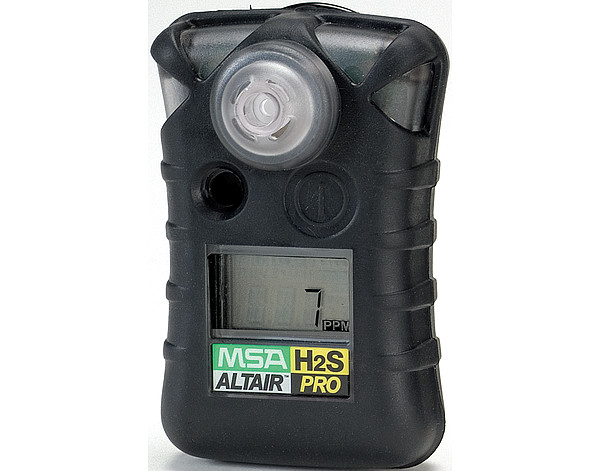Monitoring hydrogen sulfide (H2S) ranges is essential for assembly publicity standards and ensuring the well being and security of employees. Exposure standards are set by regulatory our bodies to establish permissible limits of exposure to numerous substances, including H2S. Here are steps and concerns for monitoring H2S to meet new publicity standards:
Understand Regulatory Standards:
Familiarize your self with the particular exposure standards set by relevant occupational well being and security regulatory companies. These standards typically define the maximum allowable focus of H2S within the office over a specified time interval.
Conduct a Workplace Risk Assessment:
Perform a complete danger assessment to determine areas within the office the place H2S publicity might happen. This includes considering particular job duties, processes, and places the place H2S is likely to be present.
Select Appropriate Monitoring Equipment:
Choose H2S gas detectors or screens which might be appropriate for the workplace circumstances and meet regulatory necessities. Consider components such as detection vary, response time, accuracy, and whether the monitors are transportable or mounted.
Calibrate and Maintain Equipment:
Regularly calibrate gasoline monitoring equipment to ensure accuracy. Establish a upkeep schedule to verify and calibrate the sensors, replace batteries, and address any points promptly. Proper maintenance ensures the reliability of the monitoring tools.
Implement a Monitoring Plan:
Develop a comprehensive monitoring plan that outlines when and where H2S monitoring will occur. This may embrace routine monitoring, continuous monitoring in specific work areas, and monitoring throughout particular tasks or processes.
Establish Action Levels:
Set action ranges primarily based on publicity requirements. Action ranges trigger particular responses, such as implementing control measures, rising air flow, or requiring workers to make use of further personal protective equipment.
Provide Training and Awareness:
Ensure that employees are adequately skilled on the significance of H2S monitoring, the usage of monitoring gear, and the actions to take in response to alarm signals. Create awareness concerning the potential hazards of H2S exposure and the significance of assembly publicity standards.

Document and Record Results:
Keep detailed information of monitoring results, together with time, location, and focus levels of H2S. This documentation is important for regulatory compliance and also can assist in figuring out trends or areas that may require further management measures.
Review and Update Procedures:
Regularly review and update monitoring procedures based mostly on changes in workplace situations, processes, or regulations. Stay informed about any updates to publicity standards and adjust monitoring practices accordingly.
Collaborate with Click for more info :
Work carefully with occupational health professionals to interpret monitoring outcomes and assess their implications for worker health. Seek their guidance in developing and refining management measures to reduce H2S exposure.
By following these steps and sustaining a proactive approach to H2S monitoring, organizations can successfully meet new exposure standards, shield the well being of staff, and create a safer workplace setting..
